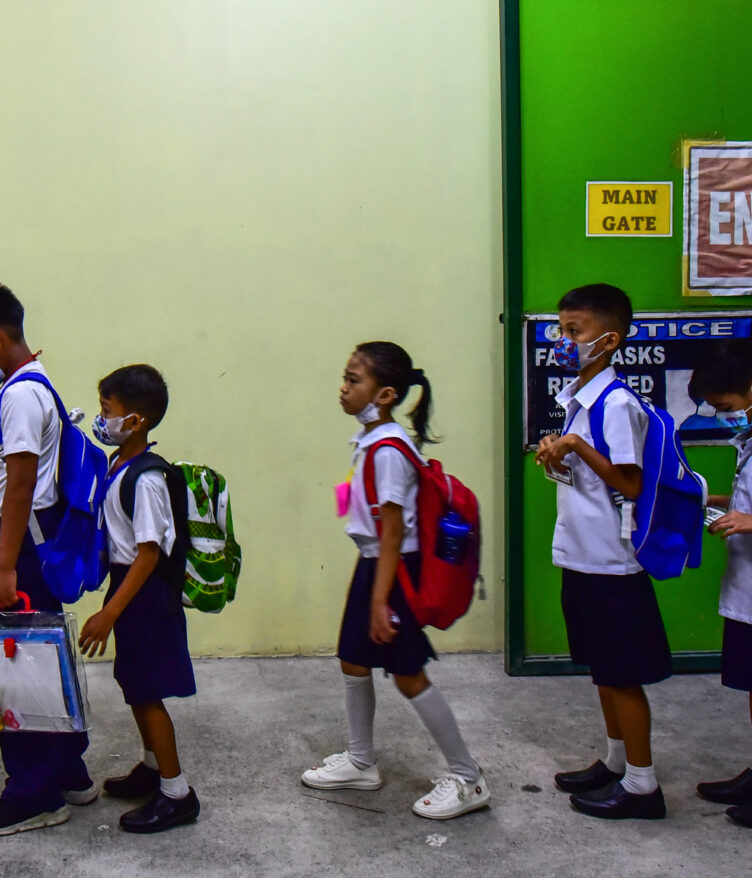AT the start of 2024, CNN Philippines announced that it would go off the air after nine years in the industry. This resulted from accumulated financial loss that amounted to over PHP 5 billion.
Not only this but several other businesses in the broadcasting industry, whether it be on television or radio, are calling it quits as well.
As a child, you may remember receiving newspapers practically every day of the week (though you probably only skipped ahead to the Sunday comics.) Now, many believe that both print and broadcast media are dying as social media is on the rise.
As of this year, the Internet is the number one source of both political news and current events for Filipinos, as per a Publicus Asia Inc. survey.
After all, how can one compete with something free?
There are still many who look to official news outlets for their information, with GMA7, The Philippine Daily Inquirer, ABS-CBN, and the Philippine Star as the most trusted news outlets, but it was also found that many get their news from websites such as Facebook, X, and Instagram.
As per a study from the Pew Research Center, information from X comes directly from media outlets and journalists, while on Facebook and Instagram, it comes from family and friends showing their stances on certain political topics.
Over time, however, TikTok has slowly started to rise as the number one news source for Gen Zs. The journalists here? Influencers.
News in video form is rising the ranks thanks to its brevity, as seen in how 63% of Gen Zs use social media to stay informed, but only use television 27% of the time, and cable channels 30% of the time, for that same purpose.
Recently, TikTok’s use as a news source has quickly surged upward from 21% in 2023 to 23% in 2024. Now, the Philippines has become a part of the top ten countries that use TikTok as a primary source of news.
Since then, a decline in Facebook being used as a news source has also been seen.
The question that stands now, however, is this: is it true that TikTok is now the primary news source for Gen Zs? Or are there others who continue to partake in traditional news sources?
Gen Z speaks
In a survey conducted by republicasia consisting of 59 respondents, it was found that 51% used TikTok as a news source, while 29% did not.
24-year-old Jay admits that she doesn’t peruse websites such as Rappler or Inquirer for news; she, instead, gets her information on official news sites from X.
She states that as she has a short attention span, she doesn’t have a strong interest in the news, but she still wants to keep herself updated with things that are going on.
If she were to find timely, relevant news that she found alarming or concerning, for example, or if she needed to fact-check certain information, she would turn to credible news sites to do so.
“I think this generation is so caught up with just utilizing social media platforms for the sense of entertainment, overlooking its advantage to disseminate factual news, [thus] becoming “boring” for them to consume,” she explained.
26-year-old Joey, on the other hand, continues to start her morning by reading news from websites like GMA, ABS-CBN, Inquirer, and the Philippine Star, as well as international news outlets. Here, she gets information about trending topics focused on pop culture and entertainment, such as news on certain actors, singers, or artists.
She reads articles on these sites as well as watches videos posted on their social media pages, explaining that news outlets now utilize their social media platforms as a means of reaching a wider audience – particularly a younger audience – for their news.
“Reading [the] news has become part of my daily routine – not only because it’s part of my job as a news writer, but [because] I believe it’s important for each of us to be updated and aware of the world’s current situation and issues,” she stated.
She added that several Gen Zs continue to read and watch the news, as they actively engage in online discussions that talk about important matters happening both in and out of the country. Many even participate in calls to action for things like the SOGIE Bill, as well as defending press freedom.
No matter where Gen Zs may get their news, the fact of the matter still stands: they still want to keep themselves updated, though for some, convenience has become the priority over credibility. (Not for everyone, though!)
Be wary of fake news
Both Jay and Joey agree that fake news and misinformation continue to run rampant in the Philippines, and given the reach of social media, it allows for these things to spread much easier and much quicker.
“Given that this generation has a very short attention span due to [their] constant consumption of social media, [they are] prone to misinformation,” Jay explained.
“In most cases, they just take everything served within those platforms, not batting an eye [even] if the information is not factual.”
To combat misinformation, Jay opts to get her news from credible news sites to confirm whether something is true or not. Likewise, Joey does her best to cross-check the news she reads, verifying facts by checking reports published by credible news sites or going to the official social media pages and websites of those involved in the stories she sees.
Here, she looks for official statements, announcements, or advisories, that prove the news she’s seen to be true. Though it may be a lengthy process, it’s all done to ensure that you know what you’ve read is the truth.
Despite the release of anti-fake news legislation, 9 in 10 Filipinos still believe that fake news is a problem in the country. In a survey conducted by Pulse Asia, only 14% of respondents did not see it as an issue.
This survey also found that 90% of the population have encountered fake political news, with the internet, or social media, and television as its leading sources.
Now more than ever, when you come across new information every two seconds scrolling on your TikTok’s FYP, it’s important to stay vigilant against fake news.
Fact-checking can be a time-consuming, sometimes even grueling process, but it’s better to be safe than sorry.
How useful was this post?
Click on a star to rate it!
Average rating 0 / 5. Vote count: 0
No votes so far! Be the first to rate this post.
We are sorry that this post was not useful for you!
Let us improve this post!
Tell us how we can improve this post?









